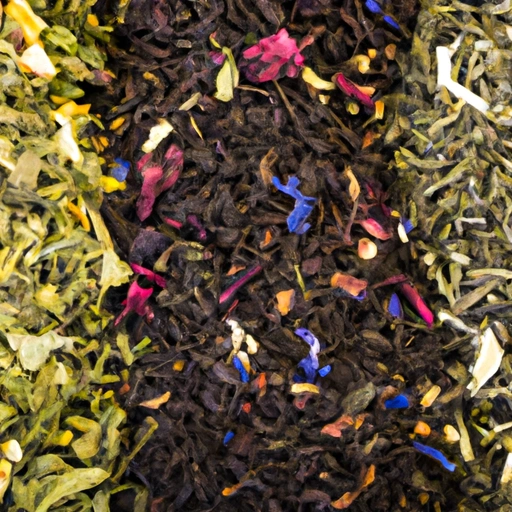Tea
Description

Tea is a beloved beverage and ingredient that boasts an ancient heritage and a multitude of flavors. Derived from the leaves of the Camellia sinensis plant, tea is commonly prepared by steeping the dried leaves in hot water. This process unlocks a variety of aromas and tastes, ranging from the robust and malty flavors of black tea to the delicate and grassy notes of green tea.
In culinary applications, tea is not only enjoyed as a drink but also used as a flavoring agent, providing a subtle complexity to both sweet and savory dishes. When discussing tea in recipes, it is essential to consider both the type of tea and the desired flavor profile, as this can significantly impact the final dish. Measurements for recipes often include teaspoons (tsp), tablespoons (tbsp), ounces (oz), grams (g), cups (c), milliliters (ml), and liters (L), catering to a global audience accustomed to different units in food preparation.
Common uses
Tea is often enjoyed as a hot or cold beverage, served plain or with various additions such as milk, sugar, honey, or lemon. It's also infused in cocktails, used to smoke foods, or incorporated into marinades and sauces. The versatility of tea extends beyond drinks, finding its way into desserts like ice cream, cakes, and custards, as well as savory rubs and glazes for meats.
Nutritional value
Calories
Tea is known for being low in calories, with a typical 8 oz (approx. 237 ml) serving of brewed tea containing 2 to 3 calories without added sweeteners or milk.
Protein
Tea provides a negligible amount of protein, less than 1 gram per serving.
Fat
Tea is virtually fat-free, with only trace amounts found in a standard cup.
Carbohydrates
A cup of unsweetened tea contains less than 1 gram of carbohydrates, mostly in the form of simple sugars and polyphenols.
Vitamins
While tea is not a significant source of vitamins, it does contain small amounts of vitamin B2 (riboflavin) and vitamin C, especially in fresher green and white teas.
Minerals
Tea is a good source of minerals such as manganese, which plays a role in bone development and metabolism. It also contains fluoride, which is beneficial for dental health, and small amounts of potassium, phosphorus, and magnesium.
Health benefits
Tea is renowned for its potential health benefits, which are attributed to its rich content of antioxidants, particularly polyphenols such as catechins and flavonoids. These compounds may help reduce inflammation and are linked to a lower risk of chronic diseases, including heart disease and cancer. Regular consumption of tea may also support brain health, aid in weight management, and contribute to overall well-being.
Potential risks
While tea is generally considered safe for most people, excessive consumption can lead to negative effects due to its caffeine content. This may include jitteriness, insomnia, heart palpitations, and an increased risk of iron deficiency. Additionally, some herbal teas may interact with medications or be unsuitable for pregnant or breastfeeding women.
Common recipes
Tea is commonly used in recipes for beverages like chai, bubble tea, and matcha lattes, as well as in baked goods like Earl Grey cookies, green tea cakes, and tea-infused chocolate truffles.
Cooking methods
Tea leaves can be steeped, brewed, or even ground into a fine powder for use in recipes. Smoking meats or fish with tea leaves imparts a unique aroma and taste, while using tea in brines or marinades tenderizes and flavors the food.
Pairing with other ingredients
Tea pairs well with a variety of foods. For instance, the astringent quality of black tea complements the richness of chocolate or the spiciness of cinnamon. Green tea's vegetal notes enhance the taste of seafood or light pastries. The smokiness of Lapsang Souchong can enhance the flavor of grilled meats or stews.
Summary
Tea is a versatile and globally cherished ingredient, enjoyed in countless cultures around the world. Its range of flavors, potential health benefits, and diverse culinary applications make it a staple in both beverages and an array of recipes. Whether sipped for pleasure or used as a component in cooking, tea continues to be an integral part of food culture and tradition.